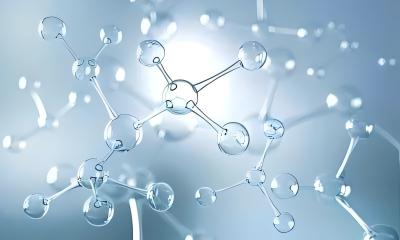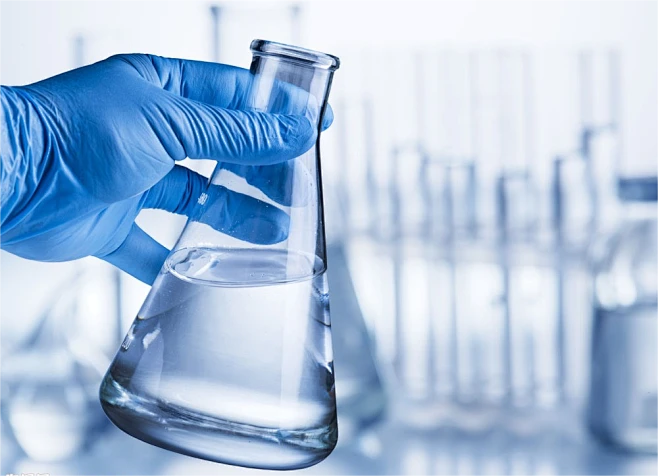2024 / 08 / 02
Differences Between Solid and Liquid Phase Processes in CPVC Resin Production
Chlorinated Polyvinyl Chloride (CPVC) resin, known for its exceptional physical and chemical properties, is becoming increasingly important in the plastics industry. This article presents an in-depth analysis of the two main methods of CPVC resin production: Solid Phase Process and Liquid Phase Process, highlighting their advantages and disadvantages in terms of product performance, cost, and production stability.

Solid Phase Process
The Solid Phase process is an advanced production technique that involves placing PVC resin in a fluidized bed and subjecting it to a chlorination reaction under the catalytic effect of ultraviolet light, efficiently converting it into CPVC resin. The advantages of this method include lower corrosiveness to equipment, higher product purity, and the ability to produce CPVC resin with a chlorine content exceeding 68%.
In the Solid Phase process, temperature control is a critical factor. Fluctuations in temperature may lead to resin agglomeration and color variation, which not only reduce the product's appearance quality but may also affect its performance stability.

Liquid Phase Process
The Liquid Phase process involves suspending powdered PVC resin in water and carrying out a chlorination reaction with the aid of additives. The Liquid Phase process is favored by the majority of CPVC resin manufacturers due to its simplicity, cost-effectiveness, and ease of color control.
CPVC resin produced by the Liquid Phase process typically has a lower chlorine content than that produced by the Solid Phase process. Generally, the chlorine content of CPVC resin obtained by the Liquid Phase process ranges from 64% to 67%. However, some leading international companies have managed to increase the chlorine content to over 70% by adopting more advanced Liquid Phase processes, although this usually entails higher production costs.
The production process of CPVC resin not only determines its performance but also relates to production costs and market competitiveness.
Rally Chemical has extensive experience in CPVC pipe production, specializing in reducing the initial production costs for our clients. We excel in addressing challenges such as charring, limited processing range, insufficient toughness, inadequate gloss, and high costs. Our one-stop CPVC product solutions, from design to delivery, ensure a seamless and efficient manufacturing process.
For more information, please contact us.
You May Be Interested
RL - 1116S Polyester Wax: The Optimal Solution for SPC Ultra - thick Board (6mm) Internal Lubrication Challenges
2025 / 02 / 28
Comprehensive analysis of traditional PVC toughening agent: chlorinated polyethylene (CPE)
2025 / 01 / 26
Analysis of Plasticization Issues in PVC Pipes: Improving Production Quality and Efficiency
2025 / 01 / 26
Optimizing the production process of PVC conduit: improving surface smoothness and product competitiveness
2025 / 01 / 26
Why do PVC pipes have uneven inner and outer walls
2025 / 01 / 26


Whats App

For Inquiries Please Call
Rallychem Will Be Happy To Assist You!

+86 13456396233


info@rallychem.com

